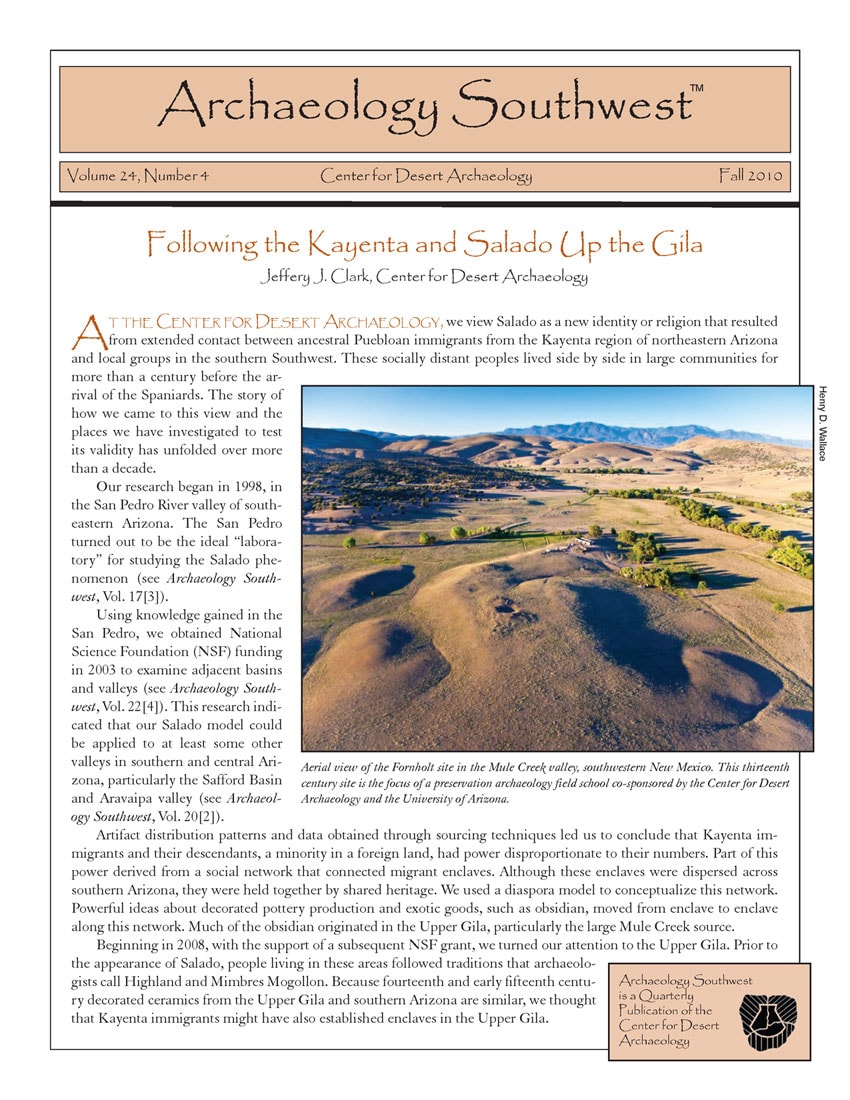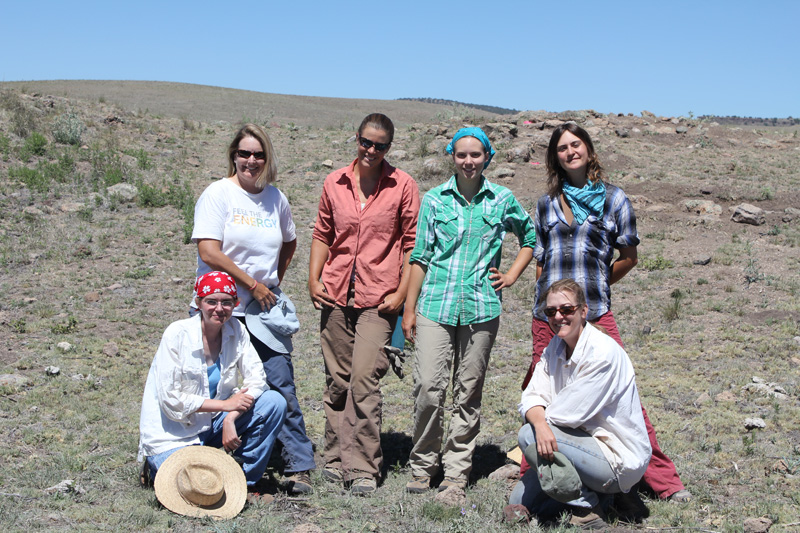Description
Download free PDFs of all Archaeology Southwest Magazine back issues when you become a member.
This issue’s articles include:
• Following the Kayenta and Salado Up the Gila – Jeffery J. Clark, Center for Desert Archaeology
• Test Excavations at the 3-Up Site – Deborah L. Huntley, Robert M. Jones, Katherine A. Dungan, J. Brett Hill, and Jeffery J. Clark, Center for Desert Archaeology
• Fornholt and the Tularosa Frontier – Katherine A. Dungan, Center for Desert Archaeology
• Ongoing Investigations at the Fornholt Site – Deborah L. Huntley and Katherine A. Dungan, Center for Desert Archaeology
• Tracing the Movement of Mule Creek Obsidian – Robert M. Jones, Center for Desert Archaeology; M. Steven Shackley, University of California, Berkley
• Mule Creek in the Time of Salado – Robert M. Jones, Center for Desert Archaeology
• The Complicated Social Landscape of the Twelfth through Fifteenth Centuries in Southwestern New Mexico – Karen Gust Schollmeyer, Simon Frasier University and Arizona State University; Margaret C. Nelson, Arizona State University
• Site Protection in the Upper Gila – Andy Laurenzi, Center for Desert Archaeology
• Backsight – William H. Doelle, Center for Desert Archaeology

